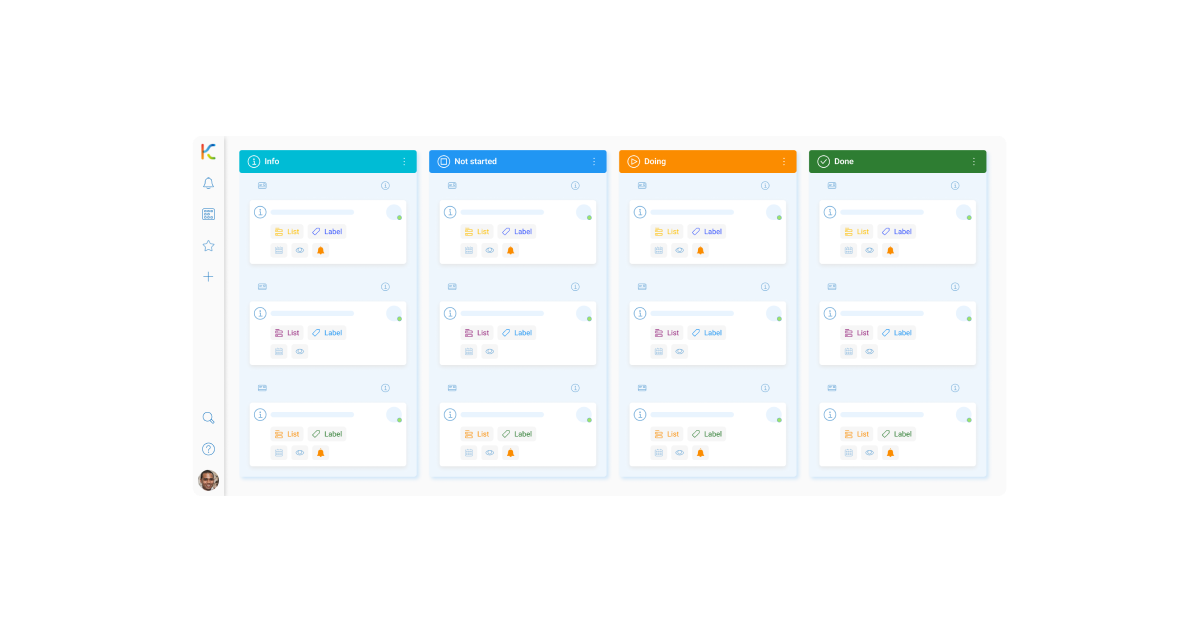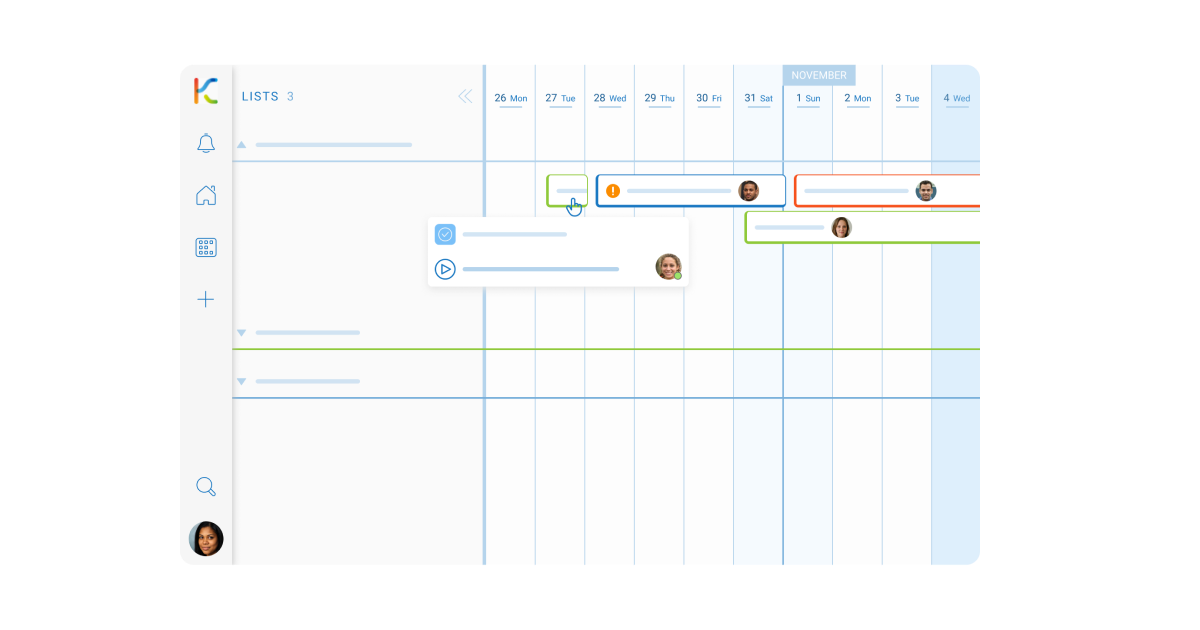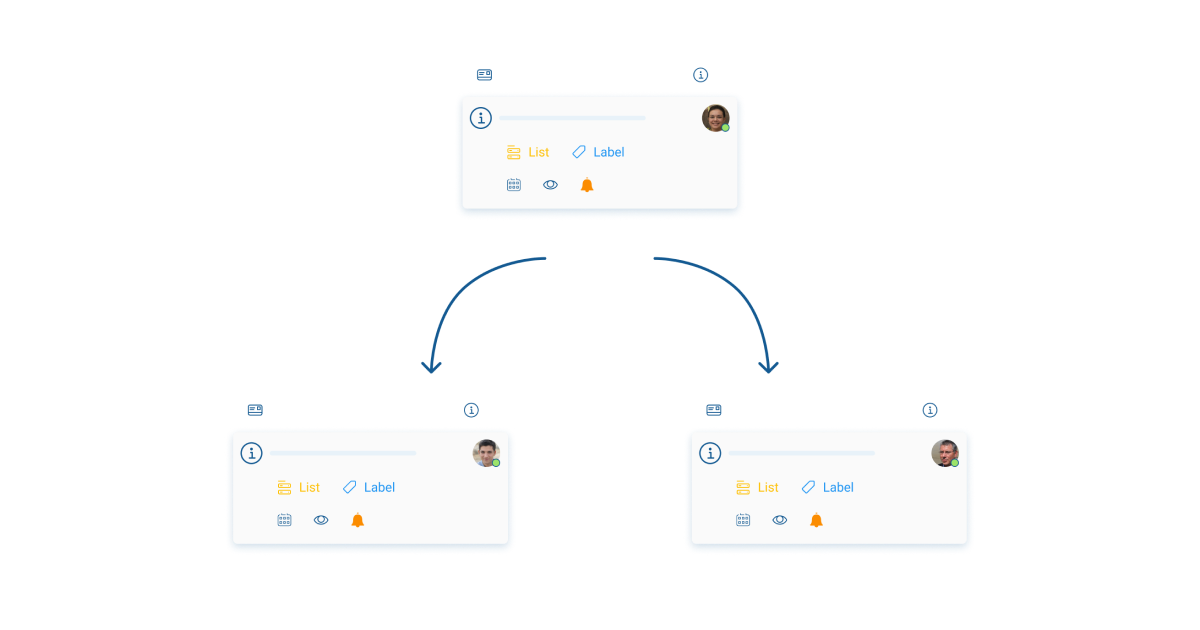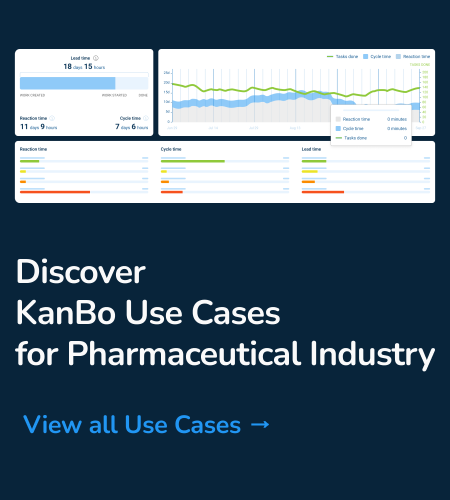Table of Contents
KanBo – The Pharma-Focused Work Coordination Maestro
Experience ultimate task alignment, communication and collaboration
Trusted globally, KanBo, bridges the gap between management and engineering in complex pharmaceutical organizations. Seamless coordination, advanced project planning, and outstanding leadership are made possible through our versatile software. Stride toward your mission-critical goals with superior collaboration and communication.
KanBo Architect in Pharmaceutical Industry Tackles Collaboration Challenge Mastery
What do readers need to know about this challenge?
In the highly regulated pharmaceutical industry, an Architect is often confronted with the complex challenge of managing the full lifecycle of software product development. This entails designing scalable solutions, fostering teamwork across diverse technical domains, and ensuring that all parts of the technology stack integrate seamlessly—demands that necessitate robust collaboration and communication.
What can readers do with KanBo to solve this challenge?
- Aligning Development Phases: Utilize the Kanban view to visualize the software development lifecycle, allowing for clear categorization of tasks and harmonious progression from design to deployment.

- Workflow Optimization: Employ Grouping to organize tasks by technology stack layers or development phases, such as frontend, backend, or database tasks, to enhance visibility and streamline workflow.

- Real-Time Progress Tracking: Monitor the project's evolution with the card activity stream, which records every update and integration, providing immediate insights into the project’s progress and assisting in managing dependencies and handovers.

- Deadline Management: Implement Timeline view to plan and track project timelines, ensuring that integration milestones are met and the project stays on schedule.

- Task Dependency and Prioritization: Create Card relations to map dependencies between microservices and other system components, facilitating prioritization and resource allocation.

- Communication Streamlining: Use the user activity stream to stay informed about the contributions and updates made by team members, fostering transparent communication and reducing the risk of overlapping work.

- Issue Resolution: Add card blockers to highlight any technical impediments or architectural roadblocks and address them collaboratively to maintain a steady development pace.

What can readers expect after solving this challenge?
Upon proficiently implementing KanBo to counter the collaboration hurdles faced by Architects in the pharmaceutical space, an array of long-term advantages become apparent. The streamlined collaboration through visual task management leads to a reduction in development bottlenecks, improves cross-functional team synergy, and ensures cohesive technology integration. Expect an enhancement of overall project transparency, greater team accountability, and a more predictable release cycle. As projects mature, KanBo's capacity to adapt and scale will continue to play a vital role in meeting the evolving demands of pharmaceutical software architecture, further establishing it as a vital instrument for every Architect.

Table of Contents
KanBo – The Pharma-Focused Work Coordination Maestro
Experience ultimate task alignment, communication and collaboration
Trusted globally, KanBo, bridges the gap between management and engineering in complex pharmaceutical organizations. Seamless coordination, advanced project planning, and outstanding leadership are made possible through our versatile software. Stride toward your mission-critical goals with superior collaboration and communication.
KanBo Architect in Pharmaceutical Industry Tackles Collaboration Challenge Mastery
What do readers need to know about this challenge?
In the highly regulated pharmaceutical industry, an Architect is often confronted with the complex challenge of managing the full lifecycle of software product development. This entails designing scalable solutions, fostering teamwork across diverse technical domains, and ensuring that all parts of the technology stack integrate seamlessly—demands that necessitate robust collaboration and communication.
What can readers do with KanBo to solve this challenge?
- Aligning Development Phases: Utilize the Kanban view to visualize the software development lifecycle, allowing for clear categorization of tasks and harmonious progression from design to deployment.

- Workflow Optimization: Employ Grouping to organize tasks by technology stack layers or development phases, such as frontend, backend, or database tasks, to enhance visibility and streamline workflow.

- Real-Time Progress Tracking: Monitor the project's evolution with the card activity stream, which records every update and integration, providing immediate insights into the project’s progress and assisting in managing dependencies and handovers.

- Deadline Management: Implement Timeline view to plan and track project timelines, ensuring that integration milestones are met and the project stays on schedule.

- Task Dependency and Prioritization: Create Card relations to map dependencies between microservices and other system components, facilitating prioritization and resource allocation.

- Communication Streamlining: Use the user activity stream to stay informed about the contributions and updates made by team members, fostering transparent communication and reducing the risk of overlapping work.

- Issue Resolution: Add card blockers to highlight any technical impediments or architectural roadblocks and address them collaboratively to maintain a steady development pace.
What can readers expect after solving this challenge?
Upon proficiently implementing KanBo to counter the collaboration hurdles faced by Architects in the pharmaceutical space, an array of long-term advantages become apparent. The streamlined collaboration through visual task management leads to a reduction in development bottlenecks, improves cross-functional team synergy, and ensures cohesive technology integration. Expect an enhancement of overall project transparency, greater team accountability, and a more predictable release cycle. As projects mature, KanBo's capacity to adapt and scale will continue to play a vital role in meeting the evolving demands of pharmaceutical software architecture, further establishing it as a vital instrument for every Architect.

